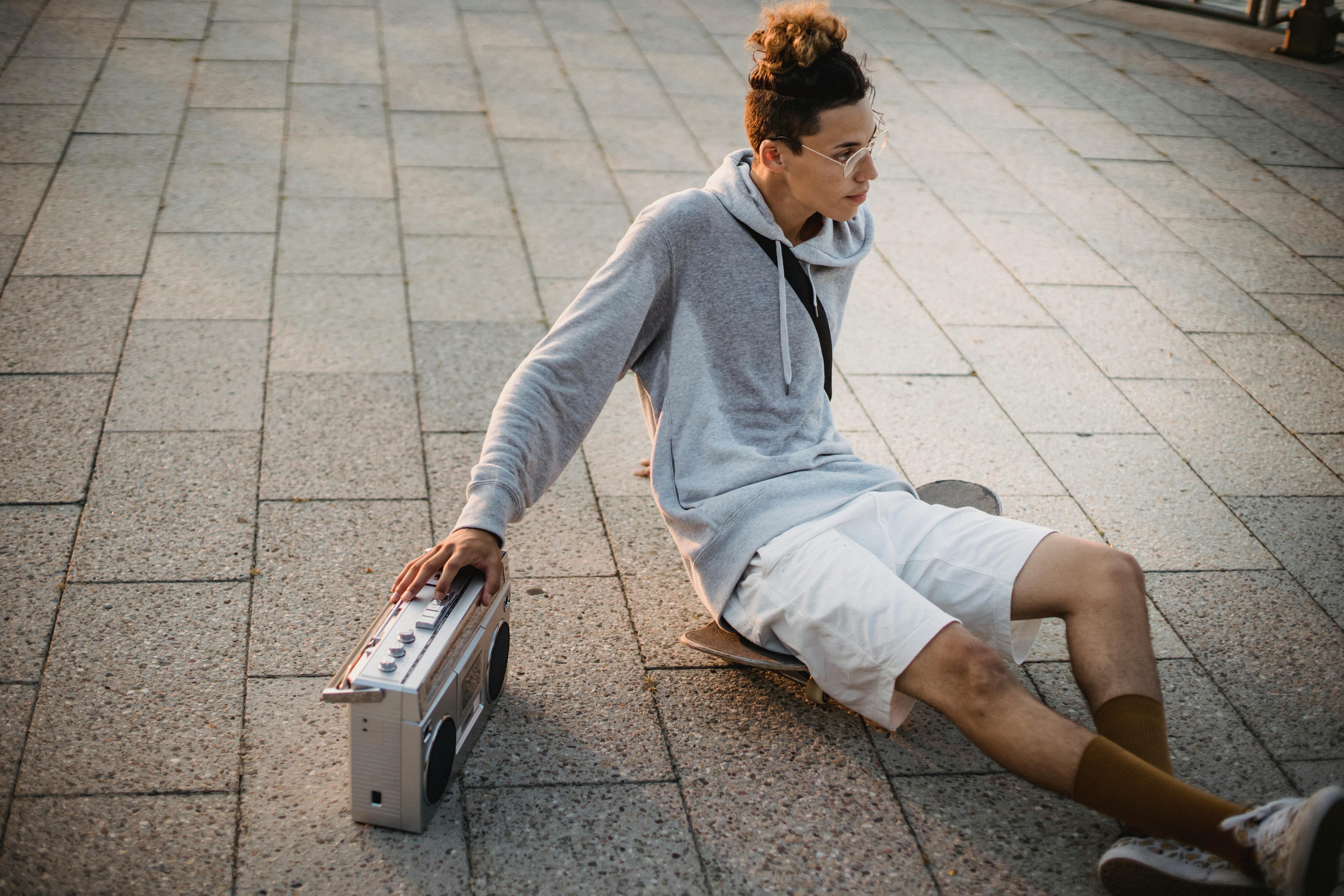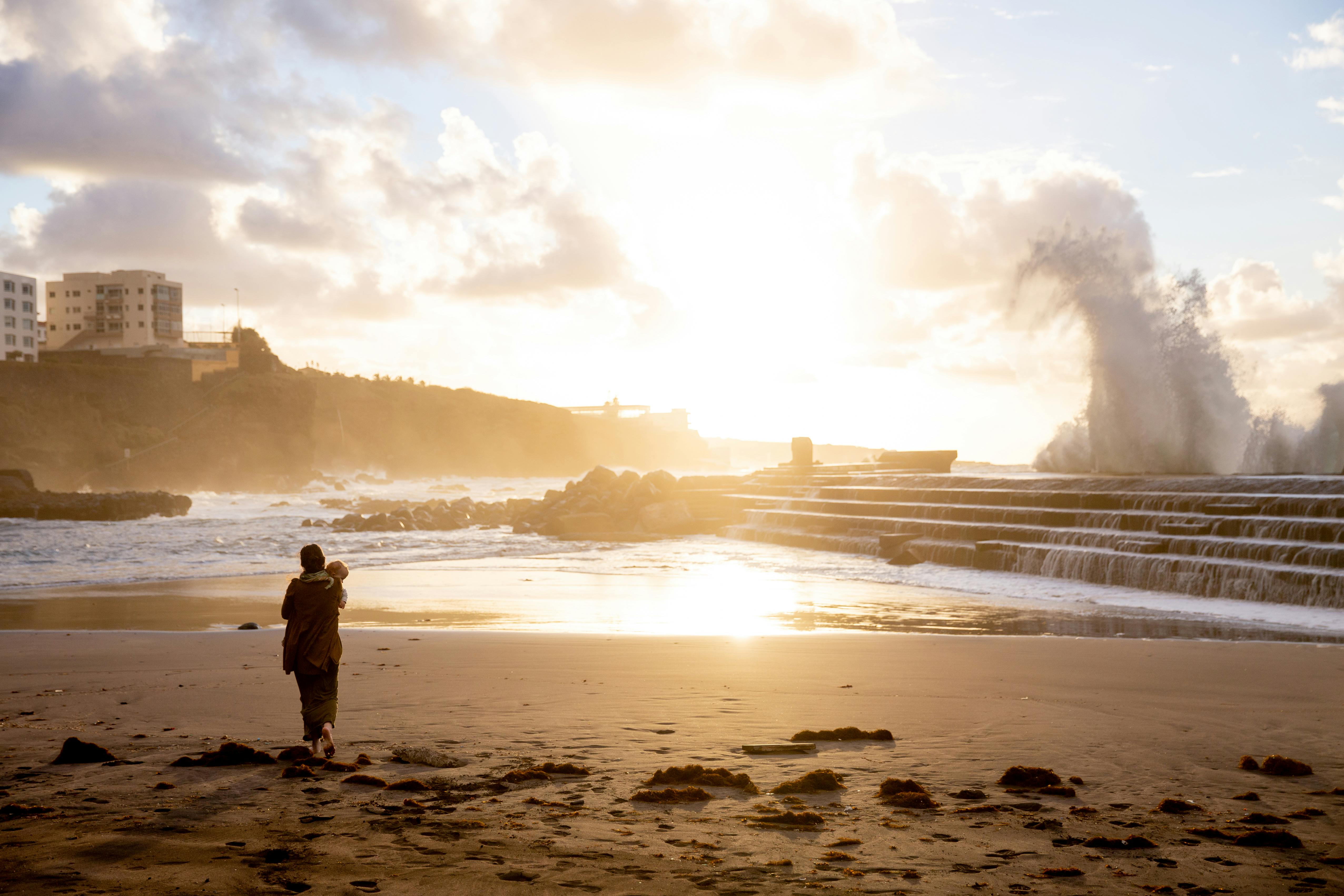Full Color Banners: Surprisingly Successful Use of Vector and Raster Images
Have you ever been asked by a graphic artist about raster and vector images? Like most people who aren’t into graphics, he was probably a bit confused by the question. The fact is that the proper use of vector and raster (or bitmap) images is very important for the final result of printing large dimensions, such as full color banners. If you’ve seen a printed image that was pixelated, out of proportion, or lacked precise definition, chances are they used a bitmap image and enlarged that image until it lost its sharp definition. Speaking of crisp definitions, let’s define vector and raster.
- Vector images are made up of paths, which are defined by a start and end point, along with other points, curves, and angles. A path can take the form of a line, a square, a triangle, or a curved shape. These paths can be combined to create simple drawings or complex diagrams. Because vector images are not made up of a specific number of points, but rather a formula that represents curves and paths, they can be scaled to a larger size without losing image quality. Vector images are stored in much smaller files than raster images. Vector images are generally not suitable for extremely complex and photorealistic images, but are more suitable for graphics, diagrams, logos, or images made up of basic shapes, such as cartoon characters. Common types of vector graphics editors include Adobe Illustrator and Macromedia Freehand. Its file designers are ai and eps.
- Bitmap images are exactly what their name implies, a collection of bits that make up an image. The image consists of an array of individual dots or pixels that have their own color. Bitmap images are not the best candidates for resizing, rotating, or stretching. Their best representation is in the size and orientation in which they were originally developed. They can be cropped, colored, converted to black and white, or combined with other images using an image-editing program such as Adobe Photoshop, Adobe Photoshop Elements, or Corel Photo-paint. When you modify bitmap graphics, you are modifying at the pixel level; in other words, the color of any pixel can be changed. File size is based on image resolution. Bitmap images are used for photorealistic images and therefore may include color variations involved.
After enlarging a vector image, the edges remain smooth and sharp. As a result, vector images are ideal for large graphics like full-color banners. Vector graphics, such as a logo, can be compressed small enough to appear on a 3.5″ X 2″ business card, but can also be enlarged to the size of a 6′ H X 30 full color banner. ‘ W without loss of resolution or definition . If you are using a digital photo on a large banner, it must be taken at extremely high resolution. This results in the use of a very large file that provides enough pixels not to lose definition when the photo is enlarged.
You can still use photos, with good results. on full color banners. The size of the files becomes so large that they are difficult to work with and the equipment to be used is very expensive. Raster to vector conversions are becoming more and more popular. The result may not look like a real photo, but in most cases it has a surprising and dynamic impact. For example, converting a bitmap image of a political candidate to a vector image for placement on a large banner has a unique effect. The reader still recognizes the politician’s features, but the resulting image has an almost surreal “dynamic” feel.
The bottom line is that both raster and vector can be successfully used on large, full-color banners. Make sure the person doing it knows what he’s doing and asks to see samples of his work.



Recent Comments